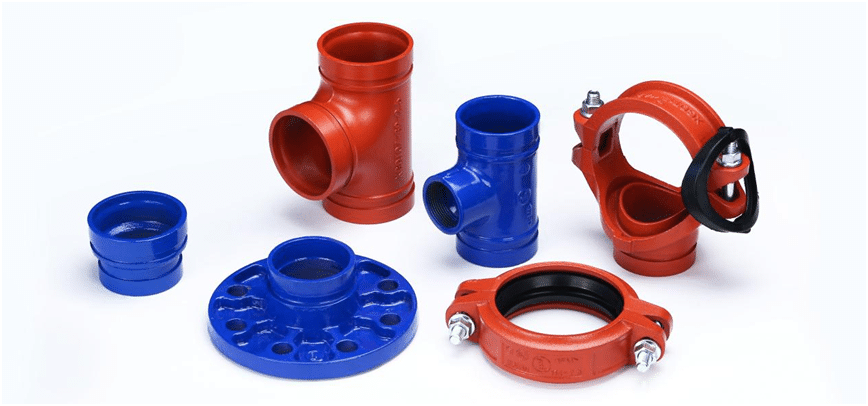Cutting and tying into galvanised pipe fittings requires careful preparation and the right tools.
Pipe cutter or hacksaw
Measuring tape
Marker or chalk
Deburring tool or file
Pipe joint compound or Teflon tape
Galvanized fittings
Wrench
Use a measuring tape to determine where you want to cut the pipe. Mark the cutting line clearly with a marker or chalk.
Using a Pipe Cutter:
Place the pipe cutter around the pipe at the marked line. Tighten the cutter until it grips the pipe, then rotate it around the pipe, gradually tightening the cutter until the pipe is cut through.
Using a Hacksaw:
If using a hacksaw, secure the pipe in a vise or with clamps. Carefully saw along the marked line, keeping the saw straight to ensure a clean cut.
After cutting, use a deburring tool or file to smooth the edges of the cut pipe. This prevents damage to fittings and helps ensure a good seal.
Clean the inside of the fittings and the outside of the pipe where they will connect. Ensure there is no rust or debris.
Using a Tee Fitting:
If tying into a new section, use a tee fitting. Apply pipe joint compound or Teflon tape to the threads of the fitting.
Insert the new pipe section into the galvanized pipe connectors and tighten using a wrench.
Using a Coupling:
If you are simply extending the existing pipe, slide a coupling over the cut end of the existing pipe and insert the new section. Tighten the coupling securely.
Once everything is connected, turn on the water supply and check for leaks at the joints. If leaks are found, tighten the fittings as necessary.
Always wear safety goggles and gloves while cutting and working with pipes.
Ensure the work area is clear and free of hazards.
When cutting into existing piping, consider using a pipe saw or reciprocating saw for efficiency, especially in tight spaces.
Always follow local plumbing codes and regulations during installation and modifications.

Copyright:@2020-2021
Comments Please sign in or sign up to post.
0
0 of 500 characters used